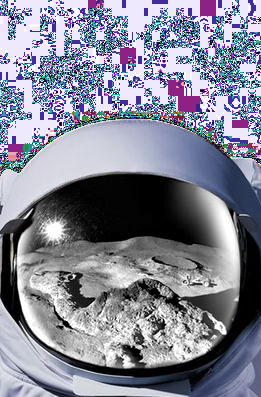Astro-safety beacon tested
 Australian scientists are working on a distress beacon system to ensure the safety of astronauts on the Moon.
Australian scientists are working on a distress beacon system to ensure the safety of astronauts on the Moon.
The project is intended to enable continuous communication and precise tracking during space-based emergencies.
The project, led by the University of South Australia (UniSA) in collaboration with US researchers, is designed for the extreme conditions astronauts will face on the lunar surface, particularly in remote and hazardous regions like the Moon’s south pole.
As NASA’s Artemis program aims to establish a long-term human presence on the Moon, the technology could play a key role in mitigating risks.
The beacon system is adapted from COSPAS-SARSAT, a proven search and rescue technology used on Earth.
The lunar version includes a satellite network that relays distress signals from astronauts directly to Earth or other lunar bases.
“Our team has developed a waveform that supports low-power emergency beacons, ensuring communication even with minimal infrastructure and energy consumption,” says Dr Mark Rice, UniSA adjunct researcher and founder of Safety from Space.
The system, named ‘Beagle’, allows astronauts to stay in contact for up to 10 hours, even in challenging lunar terrains such as craters and mountainous areas.
Supported by UniSA’s Innovation and Collaboration Centre, Safety from Space received $100,000 from the South Australian Government to further develop the Lunar Search and Rescue project.
A field trial with NASA is scheduled for 2025.
Beyond space exploration, Beagle is expected to improve search and rescue operations on Earth.
Its two-way emergency communication capabilities could significantly enhance emergency response in remote or difficult-to-access locations, potentially saving lives.
Researchers unveiled the technology at the recent International Communications and Satellite Systems Conference, calling it a “game changer” for astronaut safety and broader emergency response applications.
More details are accessible here.








 Print
Print